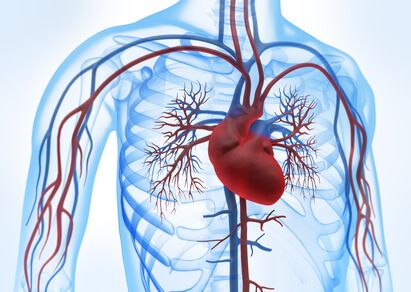After a several year follow up, the International Study of Comparative Health Effectiveness with Medical and Invasive Approaches (ISCHEMIA) has shown that an invasive approach in addition to optimal medical treatment (OMT) does not offer benefits when it comes to preventing major cardiovascular events compared against optimal medical treatment alone in stable patients with moderate to severe coronary artery disease (CAD).

This was true for both the “expanded” end point of cardiovascular death, MI, hospitalization for unstable angina, hospitalization for cardiac failure and resuscitated cardiac arrest, and the original primary end point that only included death and infarction.
Angiography followed by PCI or CABG were superior to optimal medical treatment in alleviating angina symptoms. Among patients referring daily or at least weekly symptoms, half were free of angina with the invasive strategy vs. just 20% of patients with optimal medical treatment alone.
At mean 3.3 year follow up, there were no differences in mortality, but symptoms improved, provided patients had presented symptoms upon inclusion. The ISCHEMIA is a nice example that shows decisions should be shared between patients and doctors.
Read also: Temporal Trends and Outcomes of TAVR in Bicuspids: Are We Any Better?
This work was carried out in 320 centers across 37 countries, and it included 5179 patients with stable coronary artery disease, conserved ejection fraction and moderate to severe ischemia in functional studies. Globally, more than 50% had severe ischemia upon inclusion, 33% moderate ischemia and around 10% had mild ischemia.
Patients were randomized to invasive angiography followed by PCI + OMT or a conservative initial strategy with OMT alone. Prior randomization, an angio CT ruled out left main disease (or comparable severe disease), aortic dissection or other acute conditions. A smaller proportion of patients got an angio CT to verify CAD.
At mean 3.3 years (2.2 to 4.4) primary end point rate was 13.3 for the invasive group vs 15.5% for OMT alone (HR 0.83; CI 95% 0.8 to 1.08). Event curves to 5 years showed the conservative strategy had les events the first 2 years, while the invasive strategy resulted better between years 3 to 5. The absolute difference between both groups was almost identical and further follow up is expected.
For the combined end point of death and MI, the event curves follow a similar pattern, crossing over around year 2, but with no differences at 4 years (13.9% for the conservative treatment vs. 11.7% for the invasive).
Read also: Current Mechanical Complications of Infarction.
The ISCHEMIA was designed to answer several questions that had been around since the 2007 COURAGE study, which had not found benefits in revascularization vs OMT. However, the current advances in technology have rendered these findings obsolete (most patients had received bare metal stents and suboptimal OMT). The other weak point of the COURAGE was that patients had been randomized after the angiography which could have affected patient selection. All this in addition to considerable crossover, and that many did not have severe ischemia.
The long-expected ISCHEMIA outcomes presented today at AHA in Philadelphia have disappointed many, but neither have they come as a surprise.
Original Title: International Study of Comparative Health Effectiveness With Medical and Invasive Approaches: primary report of clinical outcomes.
Reference: Hochman JS. Presentado en el congreso de la AHA 2019. 16 de noviembre 2019. Philadelphia, PA.
Get the latest scientific articles on interventional cardiologySubscribe to our weekly newsletter
We are interested in your opinion. Please, leave your comments, thoughts, questions, etc., below. They will be most welcome.




